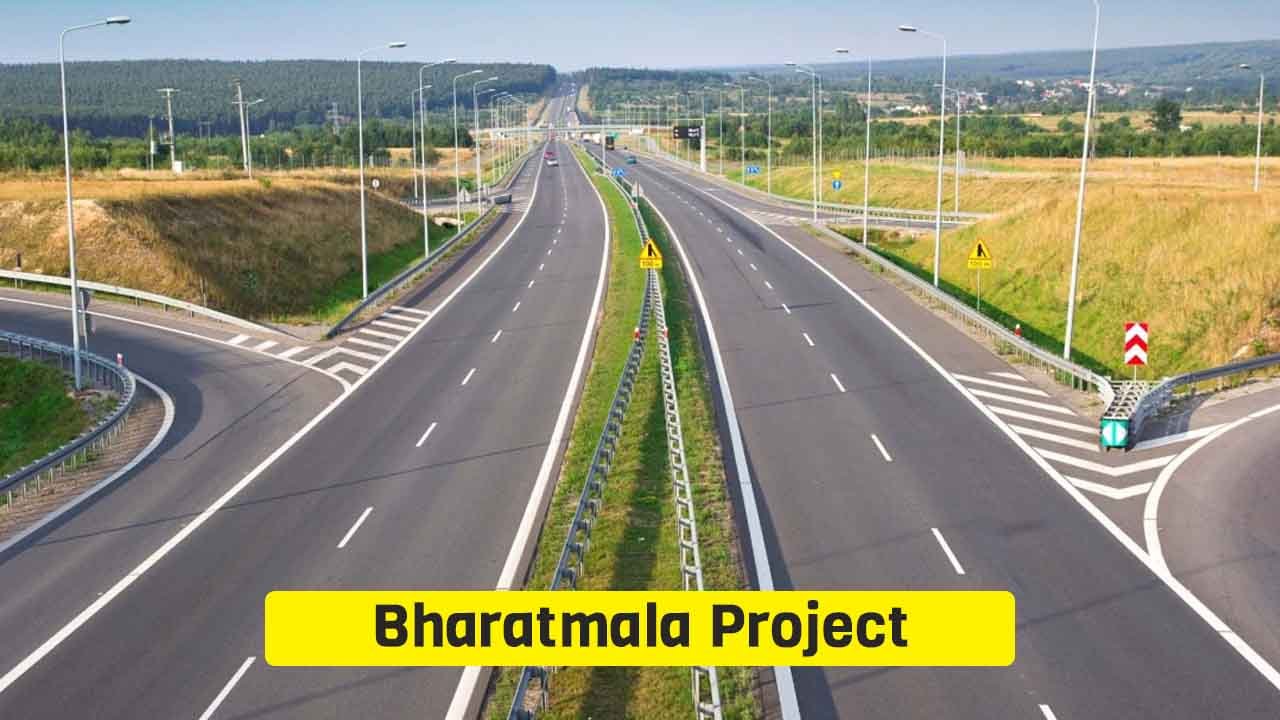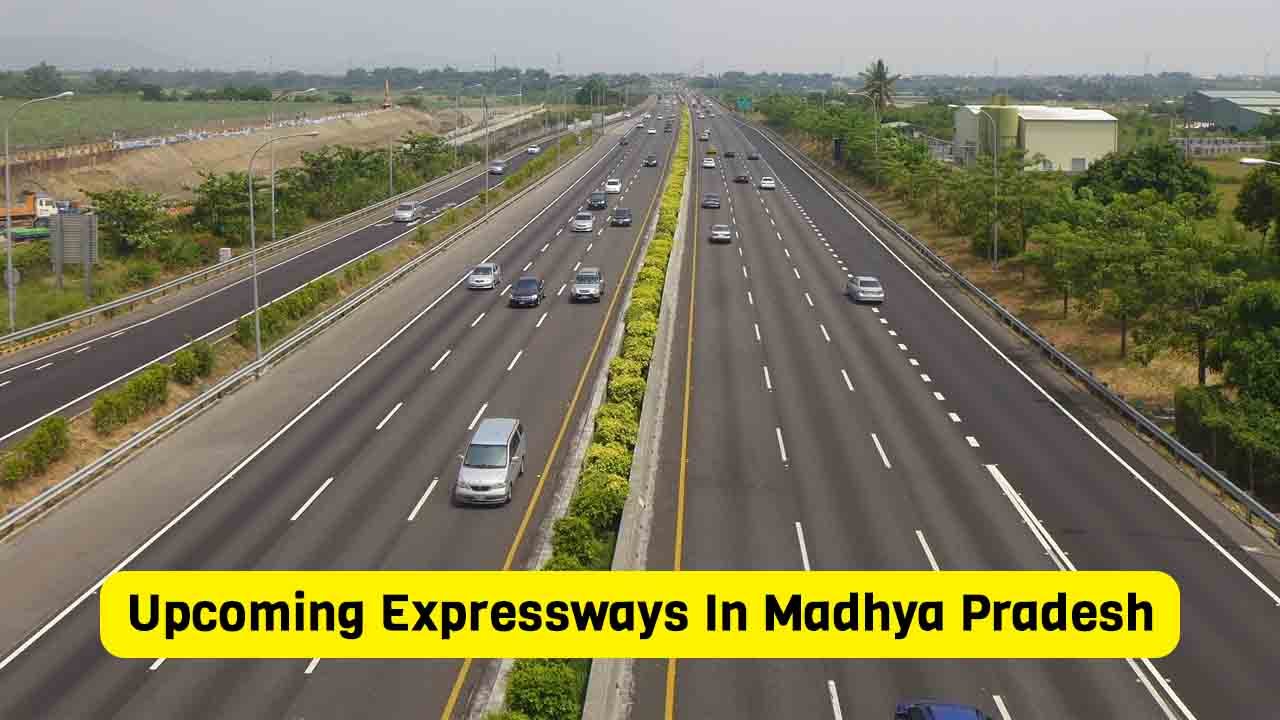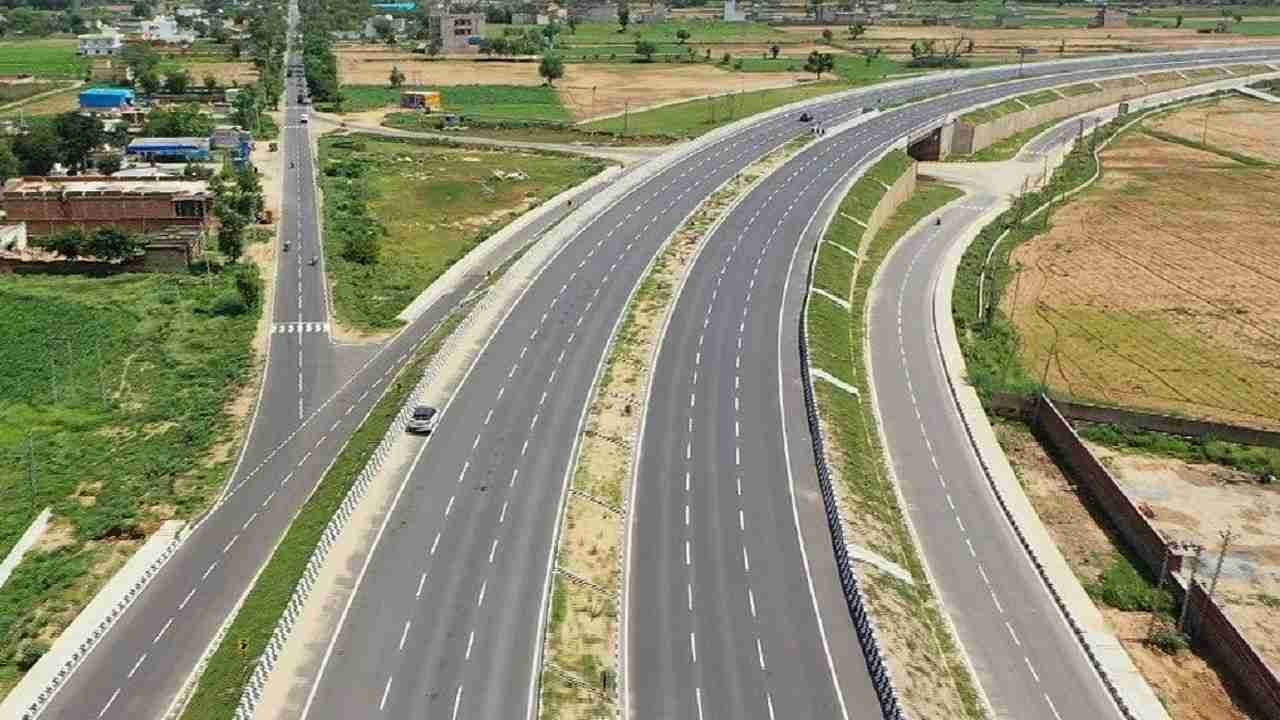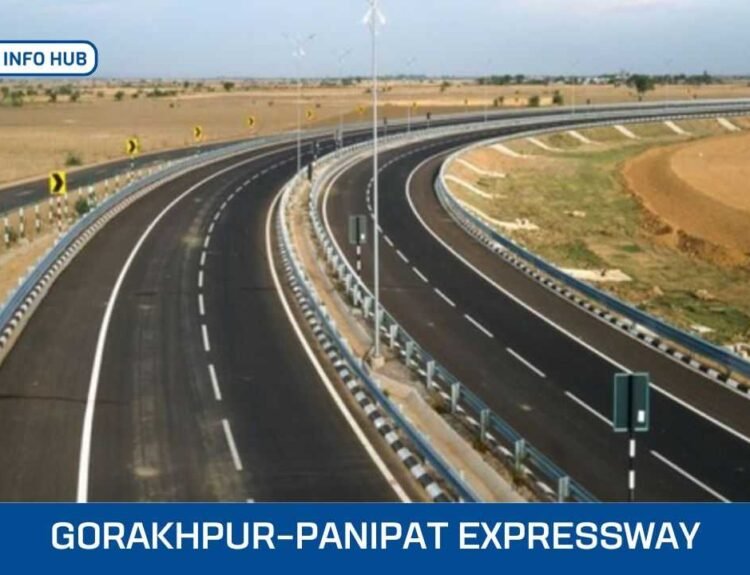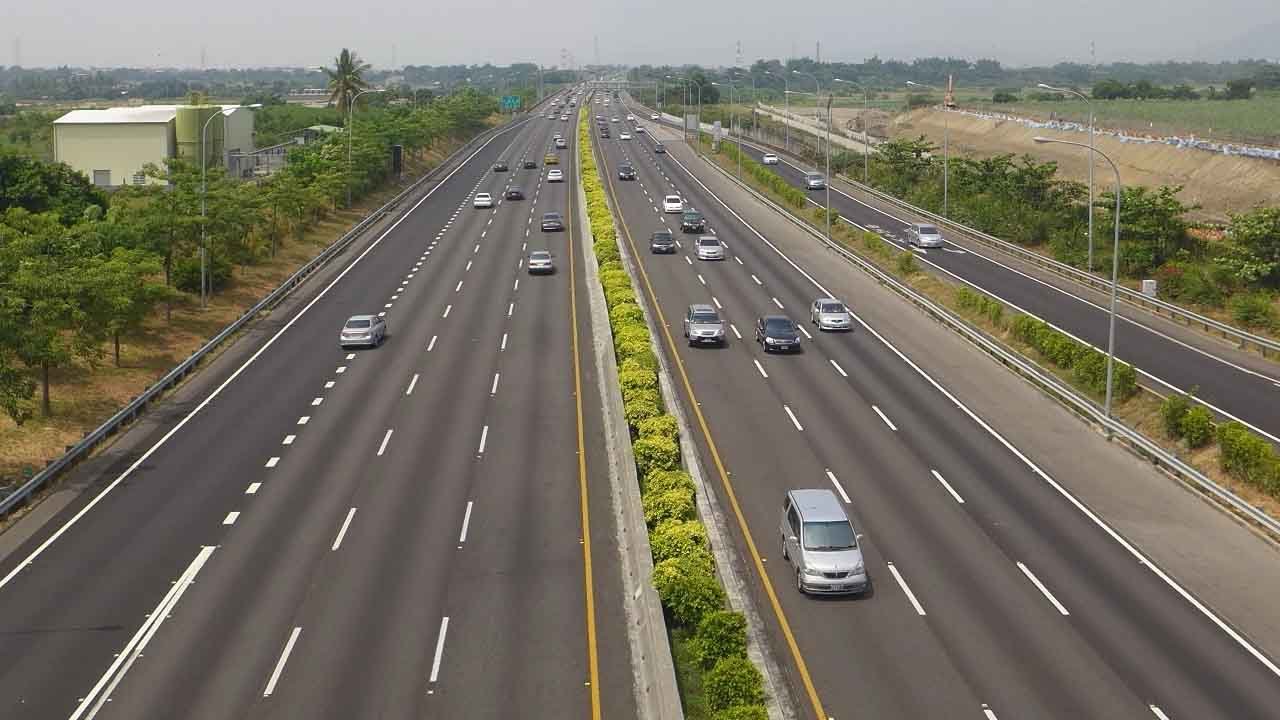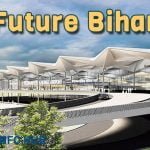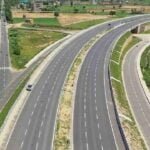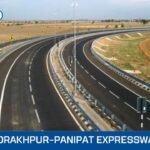India’s most ambitious highway development initiative, the Bharatmala Project, is reshaping the nation’s road network at an unprecedented scale. Launched in 2015 under the Ministry of Road Transport and Highways, the plan targets the construction of over 83,000 km of roads with an investment of ₹10.63 lakh crore. The mission: boost connectivity to remote regions and expand India’s national corridors from six to fifty.
Table of Contents
- 1 Progress So Far
- 2 Key Milestones: Tunnels, Expressways & Faster Travel
- 3 Challenges on the Ground
- 4 About Bharatmala Project
- 5 History and Background
- 6 Objectives of the Bharatmala Project
- 7 Scope and Coverage
- 8 Funding and Financials
- 9 Implementation Phases
- 10 Bharatmala Project Map
- 11 Key Projects Under Bharatmala
- 12 Expressways Under Bharatmala Project:
- 13 Economic Corridors Under Bharatmala Project
- 14 Logistics Parks under Bharatmala Pariyojana
- 15 Technological Integration
- 16 Environmental Considerations
- 17 Challenges and Solutions
- 18 Impact on the Economy
- 19 Social Impact
- 20 Future Prospects
- 21 Conclusion
- 22 FAQs
Progress So Far
By mid-2025, the project has already delivered 20,770 km of highways out of 26,425 km awarded. States like Madhya Pradesh and Maharashtra alone have contributed more than 3,480 km since June 30, reflecting steady progress on the ground.
Key Milestones: Tunnels, Expressways & Faster Travel
-
Koraput Tunnel, Odisha: A 3.43 km tunnel on the Raipur–Visakhapatnam corridor has cut travel time from 14 hours to just 6, marking the state’s first tunnel of this scale.
-
Amritsar–Jamnagar Corridor: Travel time is set to shrink from 26 hours to 13, connecting key industrial hubs and ports.
-
Pune–Bengaluru Expressway: A 700 km mega project, expected by 2028, will slash travel time significantly, giving a major boost to trade and mobility in southern India.
Challenges on the Ground
While the achievements are significant, hurdles remain. The Centre has paused approvals for new road projects due to rising land acquisition costs and budgetary concerns. Officials are also tracking the impact on safety, logistics, and the environment to measure progress beyond construction milestones.
What Lies A@head
-
Bharatmala Phase II (2024): Will shift focus towards logistics parks and inland waterway links, strengthening India’s multimodal transport ecosystem.
-
Vision 2047: A long-term strategy that aims to expand and modernize beyond Bharatmala, targeting next-generation infrastructure for a rapidly growing economy.
With faster expressways, record-breaking tunnels, and ambitious future plans, Bharatmala has the potential to transform how India travels and trades. But without overcoming funding and land hurdles, the road ahead could still be bumpy.
About Bharatmala Project
Bharatmala is a central road and highway development project that aims to create a strong network of roads, highways, and expressways across India. The Bharatmala project aims to create a road network of 83,677 km. This ambitious scheme will entail a total investment of Rs 10.63 lakh crore. The Bharatmala project aims to connect remote and unconnected areas of the country.
Bharatmala Pariyojana is an umbrella program for road development and highways. Bharatmala will subsume all existing development projects, such as the National Highway Development Programme (NHDP).
Bharatmala Pariyojana, an ambitious highway development project, will be completed from 2017 to 2022. The major components of Bharatmala Pariyojana include the construction of economic corridors, feeder roads, inter-corridors, efficiency improvement of national corridors, logistics park interconnections, coastal and port interconnectivity roads, and border and international connectivity roads.
Bharatmala Pariyojana will connect more than 550 district headquarters of India through minimum four-lane highways. Apart from building highways and roads, a major goal of Bharatmala Pariyojana is to improve the efficiency of freight movement.
The more than 26000 km long economic corridors, together with the Golden Quadrilateral and the North-South and East-West corridors, will bring more than 80 percent of freight traffic on highways, the Bharatmala Pariyojana aims to achieve this goal. Today it is about 40 percent. Bharatmala Pariyojana aims to achieve this goal by interlinking 26 logistics parks, 66 inter corridors, 116 feeder routes, and seven northeastern multi-modal waterway ports.
History and Background
The Bharatmala Pariyojana was aimed at addressing infrastructure gaps and creating a robust network of highways. The project, consisting of the Golden Quadrilateral and the National Highways Development Project (NHDP), was launched in 2017. The key milestones include the approval of Phase I, which created a comprehensive vision of the project.
Objectives of the Bharatmala Project
The objectives of the Bharatmala Project are multifaceted:
- Enhancing Connectivity: Improve road links to remote areas, ports, and economic hubs.
- Boosting Economic Growth: Facilitate the movement of goods and people to drive economic activities.
- Reducing Travel Time: Cutting down travel distance significantly through better road networks.
Scope and Coverage
Bharatmala’s scope is vast, covering various types of road networks:
- National Highways: Upgrade and expand existing highways.
- Economic Corridors: Create corridors that connect industrial and economic centers.
- Border and International Connectivity Roads: Strengthen road links to neighboring countries.
- Coastal and Port Connectivity Roads: Enhance access to ports to boost trade.
Funding and Financials
The project’s financial blueprint is extensive:
- Budget Allocation: The Indian government has allocated substantial funds to ensure the project’s success.
- Funding Sources: A mix of public and private investments, including international loans Project.
- Financial Challenges and Solutions: Addressing issues like cost overruns through efficient project management.
Implementation Phases
Bharatmala implementation in phases:
- Phase I: Involves extensive planning, feasibility studies, and groundwork.
- Phase II: Focuses on the actual execution and construction of roadways.
- Phase III: Centers on monitoring progress and maintaining the infrastructure.
Bharatmala Project Map

The Bharatmala Pariyojana aims to connect, improve and decongest India’s road network and highways. The Bharatmala Pariyojana map shows interconnected economic corridors, inter corridors, feeder roads, expressways and national highways. The Bharatmala Pariyojana map explains the ambitious project.
Key Projects Under Bharatmala
- Delhi-Mumbai Expressway: A game-changer for connectivity between two major cities.
- Eastern Peripheral Expressway: Eases traffic congestion in the National Capital Region (NCR). These projects exemplify how Bharatmala is reshaping regional development.
Expressways Under Bharatmala Project:
- Delhi-Vadodara Expressway
- Ahmedabad-Dholera Expressway
- Delhi-Amritsar-Katra Expressway
- Vadodara-Mumbai Expressway
- Delhi-Faridabad-Sohna Expressway
- Kanpur-Lucknow Expressway
- Amritsar-Bhatinda-Jamnagar Corridor
- Raipur-Vishakhapatnam Corridor
- Bengaluru-Chennai Expressway
- Durg-Raipur-Arang Corridor
- Ambala-Kotputli Corridor
- Chennai-Salem Corridor
- Urban Extension Road II
- Delhi-Dehradun Corridor
- Chitoor-Thatchur Corridor
- Surat-Ahmednagar Solapur
- Solapur-Kurnool Corridor
- Kharagpur-Siliguri Corridor (Till Morgram)
- Bengaluru-Satellite Ring Road
- Indore-Hyderabad Corridor
- Hyderabad (Suryapet)-Vishakhapatnam (Devarpalle) Corridor
- Kota–Indore (Garoth – Ujjain) Corridor
- Hyderabad-Raipur Corridor
- Nagpur-Vijayawada Corridor
Economic Corridors Under Bharatmala Project
Bharatmala Pariyojana has identified important ‘economic corridors’ in addition to national corridors. 9000 km will be covered in the first phase of Bharatmala Pariyojana. National corridors will not be in the “economic corridors”. Apart from EC, the first phase will have 66 inter corridors (8000 km) and 116 feeder routes (7,500 km).
- EC-1: Mumbai-Kolkata
- EC-2: Mumbai-Kanyakumari
- EC-3: Amritsar-Jamnagar
- EC-4: Kandla-Sagar
- EC-5: Agra-Mumbai
- EC-6: Pune-Vijayawada
- EC-7: Raipur-Dhanbad
- EC-8: Ludhiana-Ajmer
- EC-9: Surat-Nagpur
- EC-10: Hyderabad-Panaji
- EC-11: Jaipur-Indore
- EC-12: Solapur-Nagpur
- EC-13: Sagar-Varanasi
- EC-14: Kharagpur-Siliguri
- EC-15: Raipur-Visakhapatnam
- EC-16: Delhi-Lucknow
- EC-17: Chennai-Kurnool
- EC-18: Indore-Nagpur
- EC-19: Chennai-Madurai
- EC-20: Mangaluru-Raichur
- EC-21: Tuticorin-Cochin
- EC-22: Solapur-Bellary-Gooty
- EC-23: Hyderabad-Aurangabad
- EC-24: Delhi-Kanpur
- EC-25: Tharad-Phalodi
- EC-26: Nagaur-Mandi Dabwali
- EC-27: Sagar-Lucknow
- EC-28: Sambalpur-Paradeep
- EC-29: Amreli-Vadodra
- EC-30: Godhra-Khargone
- EC-31: Sambalpur-Ranchi
- EC-32: Bengaluru-Malappuram
- EC-33: Raisen-Pathariya
- EC-34: Bengaluru-Mangaluru
- EC-35: Chittaurgarh-Indore
- EC-36: Bilaspur-New Delhi
- EC-37: Solapur-Mahabubnagar
- EC-38: Bengaluru-Nellore
- EC-39: Ajmer-Udaipur
- EC-40: Sirsa-Delhi
- EC-41: Sirohi-Beawar
- EC-42: Jaipur-Agra
- EC-43: Pune-Aurangabad
- EC-44: North East Corridor
Logistics Parks under Bharatmala Pariyojana
- Ambala
- Bengaluru
- Bathinda
- Bhopal
- Chennai
- Cochin
- Coimbatore
- Guwahati
- Hisar
- Hyderabad
- Indore
- Jagatsinghpur
- Jaipur
- Jammu
- Kandla
- Kolkata
- Kota
- Nagpur
- Nashik
- Panaji
- Patna
- Pune
- Raipur
- Rajkot
- Solan
- Sundargarh
- Valsad
- Vijayawada
- Visakhapatnam
- Ahmedabad
- Vadodara
- Surat
- Bharuch
- Jalandhar
- Amritsar
- Gurdaspur
- Ludhiana
- Sangrur
- Patiala
- Delhi
- Faridabad (IMT Manesar)
- Narnaul (Nangal Choudhary IMHL)
- Ghaziabad
- Mumbai
- Mumbai suburbs
- Jnpt
- Mumbai Port
- Thane
- Raigad
Technological Integration
Modern technology is a cornerstone of Bharatmala:
- Advanced Construction Techniques: Utilizing modern machinery and materials.
- Smart Highways and Toll Systems: Implementing automated toll collection and real-time traffic monitoring.
Environmental Considerations
Sustainability is crucial for Bharatmala:
- Minimizing Environmental Impact: Conducting environmental impact assessments and adopting green practices.
- Sustainable Construction Practices: Using eco-friendly materials and methods to reduce carbon footprint.
Challenges and Solutions
Every large-scale project faces hurdles:
- Land Acquisition Issues: Streamlining processes to acquire land without major disputes.
- Coordination Between Agencies: Ensuring smooth collaboration between various governmental bodies.
- Overcoming Financial Constraints: Innovative financial models and public-private partnerships (PPPs) are key.
Impact on the Economy
- Job Creation: Generating employment opportunities during construction and operation.
- Boost to the Logistics Sector: Improving efficiency in goods transportation.
- Regional Economic Growth: Spurring development in underdeveloped areas.
Social Impact
Beyond economics, Bharatmala has profound social implications:
- Connectivity to Remote Areas: Bringing isolated regions into the mainstream.
- Improved Access to Education and Healthcare: Easier travel to schools and hospitals.
- Enhancing the Quality of Life: Overall improvement in living standards due to better infrastructure.
Future Prospects
Bharatmala’s future is promising:
- Expansion Plans: Extending the network to cover even more areas.
- Long-term Benefits: Sustained economic and social growth.
- Innovations and Future Technologies: Embracing new technologies like autonomous vehicles and smart infrastructure
Conclusion
Bharatmala Pariyojana is not just about building roads; it is a journey to transform India’s infrastructure. Bharatmala is poised for a bright future with its comprehensive coverage, technological advancements, and wide-reaching economic and social impacts.
FAQs
1. What is the Bharatmala Project?
The Bharatmala Project is a government initiative aimed at improving road connectivity across India by developing national highways, economic corridors, and border roads.
2. How does Bharatmala benefit the economy?
By enhancing connectivity, reducing travel time, and boosting the logistics sector, Bharatmala drives economic growth and regional development.
3. What are the environmental impacts of Bharatmala?
While the project aims to minimize environmental damage through sustainable practices, it also involves significant construction activities that need careful management.
4. How is the project funded?
Bharatmala is funded by a mix of government allocations, public-private partnerships, and international loans.
5. What are the future plans for Bharatmala?
Future plans include expanding the network, integrating advanced technologies, and ensuring long-term maintenance and sustainability.

